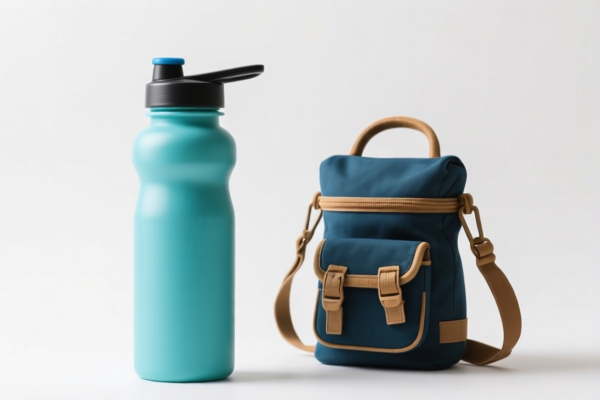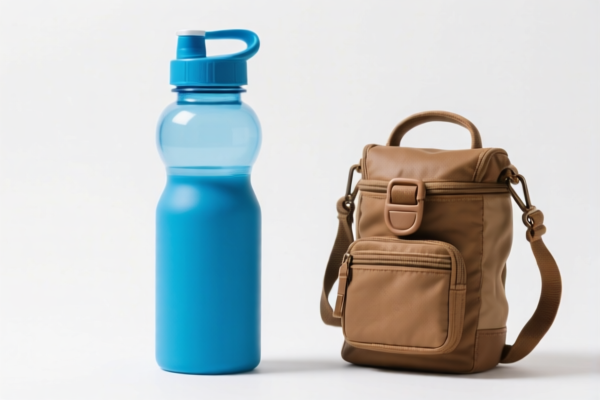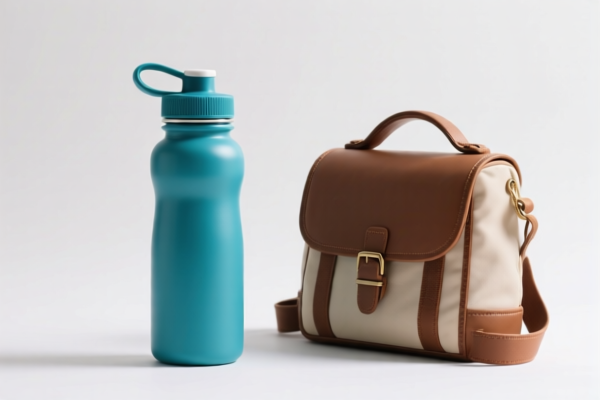| HS Code | Official Doc | Tariff Rate | Origin | Destination | Effective Date |
|---|---|---|---|---|---|
| 7010905005 | Doc | 55.0% | CN | US | 2025-05-12 |
| 7010905055 | Doc | 55.0% | CN | US | 2025-05-12 |
| 7013371010 | Doc | 66.0% | CN | US | 2025-05-12 |
| 7013372010 | Doc | 60.0% | CN | US | 2025-05-12 |
| 7020006000 | Doc | 60.0% | CN | US | 2025-05-12 |
| 7020003000 | Doc | 55.0% | CN | US | 2025-05-12 |
| 3923300090 | Doc | 58.0% | CN | US | 2025-05-12 |
| 3923500000 | Doc | 60.3% | CN | US | 2025-05-12 |
| 3924104000 | Doc | 33.4% | CN | US | 2025-05-12 |
| 3924905650 | Doc | 40.9% | CN | US | 2025-05-12 |
| 9506290080 | Doc | 37.5% | CN | US | 2025-05-12 |
| 7612100000 | Doc | 57.4% | CN | US | 2025-05-12 |
| 7612905000 | Doc | 55.0% | CN | US | 2025-05-12 |
| 7615109100 | Doc | 65.6% | CN | US | 2025-05-12 |
| 7615107180 | Doc | 58.1% | CN | US | 2025-05-12 |
| 9617001000 | Doc | 37.2% | CN | US | 2025-05-12 |
| 9617003000 | Doc | 36.9% | CN | US | 2025-05-12 |
| 9620005000 | Doc | 60.3% | CN | US | 2025-05-12 |
| 9620005500 | Doc | 58.3% | CN | US | 2025-05-12 |




Travel Water Bottle
A travel water bottle is a portable container designed for carrying drinking water while on the move. These bottles cater to a range of activities, prioritizing convenience, durability, and often, leak-proof designs.
Materials
Travel water bottles are constructed from a variety of materials, each offering distinct advantages:
- Stainless Steel: Known for durability, resistance to flavor retention, and ability to maintain temperature (insulated options). Often double-walled and vacuum-insulated. Can be heavier and more expensive.
- Plastic (BPA-free): Lightweight and cost-effective. Commonly made from Tritan, Polycarbonate, or Polypropylene. May be susceptible to scratches or odor absorption over time.
- Silicone: Flexible, collapsible, and lightweight. Often used for bottles designed to save space when empty. Can sometimes impart a slight taste to the water.
- Glass: Offers a pure taste and is relatively easy to clean. Typically encased in a protective sleeve for increased durability. Heavier and more fragile than other options.
Purpose & Function
The primary purpose is to provide a reusable and convenient way to stay hydrated away from a fixed water source. Key functions include:
- Hydration: Carrying and storing potable water.
- Reusability: Reducing reliance on single-use plastic bottles.
- Portability: Designed for easy transport in backpacks, bags, or by hand.
- Leak Prevention: Most designs incorporate features to prevent spills and leaks during transport.
- Temperature Control: Some bottles offer insulation to keep liquids hot or cold for extended periods.
Usage Scenarios
Travel water bottles are suitable for a wide array of activities:
- Travel: Airplanes, road trips, and general sightseeing.
- Outdoor Activities: Hiking, camping, backpacking, running, cycling.
- Gym & Fitness: Workouts, yoga, sports.
- Everyday Use: Work, school, commuting.
Common Types
- Collapsible Bottles: Made from flexible materials like silicone, designed to save space when empty.
- Insulated Bottles: Double-walled stainless steel bottles that maintain temperature for hours.
- Filter Bottles: Incorporate a filter to purify water from natural sources.
- Smart Bottles: Feature technology to track water intake or remind users to drink.
- Wide-Mouth Bottles: Easier to fill and clean, often preferred for adding ice or fruit.
- Straw Bottles: Convenient for easy sipping, popular for everyday use.
- Sports Bottles: Designed with features for quick hydration during exercise, such as squeeze mechanisms or high-flow spouts.
Based on the provided information, “travel water bottle” can be classified under several HS codes, depending on the material and capacity. Here’s a breakdown:
-
7010.90.50.05: This HS code covers glass containers, specifically “Other containers (with or without their closures) Of a capacity exceeding 1 liter: Having a mouth with an outer diameter of <38 mm” . If the travel water bottle is made of glass and exceeds 1 liter in capacity with a mouth diameter of 38mm or more, this code applies. The total tax rate is 55.0%, comprising a 0.0% base tariff and a 25.0% additional tariff, increasing to 30.0% after April 2, 2025.
-
7010.90.50.55: This HS code also covers glass containers, but for “Other containers (with or without their closures) Of a capacity not exceeding 0.118 liter”. If the travel water bottle is made of glass and has a capacity of 0.118 liters or less, this code is applicable. The total tax rate is 55.0%, with a 0.0% base tariff and a 25.0% additional tariff, rising to 30.0% after April 2, 2025.
-
9617.00.10.00: This HS code covers vacuum flasks and other vacuum vessels, complete; parts thereof other than glass inners, specifically “Vessels: Having a capacity not exceeding 1 liter”. If the travel water bottle is a vacuum flask with a capacity of 1 liter or less, this code applies. The total tax rate is 37.2%, consisting of a 7.2% base tariff and a 0.0% additional tariff.
-
9617.00.30.00: This HS code covers vacuum flasks and other vacuum vessels, complete; parts thereof other than glass inners, specifically “Vessels: Having a capacity exceeding 1 liter but not exceeding 2 liters”. If the travel water bottle is a vacuum flask with a capacity between 1 and 2 liters, this code is applicable. The total tax rate is 36.9%, comprising a 6.9% base tariff and a 0.0% additional tariff.
-
3923.30.00.90: If the travel water bottle is made of plastics, this HS code applies to “Carboys, bottles, flasks and similar articles Other”. The total tax rate is 58.0%, consisting of a 3.0% base tariff and a 25.0% additional tariff.
-
9620.00.50.00: If the travel water bottle is made of plastics and is classified as a “Other: Of plastics”, this HS code applies. The total tax rate is 60.3%, consisting of a 5.3% base tariff and a 25.0% additional tariff.
Please note that the correct HS code depends on the material (glass or plastic) and capacity of the travel water bottle. If the bottle is made of glass, the capacity and mouth diameter will determine the appropriate code. If it is made of plastic, the code will depend on whether it is a simple container or a more specialized article.
Customer Reviews
No reviews yet.